
When I started my studies at the Pennsylvania Academy of the Fine Arts in 1994, I was taught a tradition of painting referred to as indirect painting. The process was introduced to me by Renee Foulks, professor of painting and drawing at PAFA, and I studied the techniques further with Martha Mayer Erlebacher (1937-2013) at the New York Academy of Art from 2000 to 2002. The term is broad in how it is interpreted today, but it refers to all systems of painting which involve an underpainting; usually some kind of monochromatic earth tone map of the painting. In all methods of indirect painting, the painter works over the underpainting with subsequent layers of color. Very often these layers are not fully opaque, and sometimes overtly transparent.
Over time, I learned multiple systems of indirect painting, but each shared one major trait: they promoted oil paint’s ability to function in both transparent and opaque modalities within the same painting. This dichotomy can be used to create convincing illusions of light and/or shadow on form, as well as fleshy behaviors and appearances in the paint.
WHAT DRAWS PAINTERS TOWARD INDIRECT PAINTING METHODS:
• Strong illusion of form.
• Luminosity, or “glowing” light.
• Each stage of these processes yield beautiful, aesthetic results, and creates a feeling of stability in the morale of the painter.
Close observation of master paintings around the world reveals that the principal mode of painting used from the Renaissance through the 17 th century was indirect painting. In particular, paintings by Rubens, Van Dyck, Velàzquez and Rembrandt all exhibit hallmark behaviors of indirect painting in the paint itself. Perhaps, most poignant of all—unfinished paintings by Caravaggio clearly show that these methods were at use in the creation of his work.
Diese Geschichte stammt aus der February - March 2020-Ausgabe von International Artist.
Starten Sie Ihre 7-tägige kostenlose Testversion von Magzter GOLD, um auf Tausende kuratierte Premium-Storys sowie über 8.000 Zeitschriften und Zeitungen zuzugreifen.
Bereits Abonnent ? Anmelden
Diese Geschichte stammt aus der February - March 2020-Ausgabe von International Artist.
Starten Sie Ihre 7-tägige kostenlose Testversion von Magzter GOLD, um auf Tausende kuratierte Premium-Storys sowie über 8.000 Zeitschriften und Zeitungen zuzugreifen.
Bereits Abonnent? Anmelden
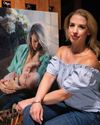
Fresh Eyes
Anna Rose Bain discusses the passions of being an artist and helping students transform their own work
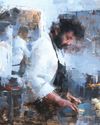
The Next Level
Jacob Dhein uses a wet-into-wet technique to create painterly depictions of a variety of subjects
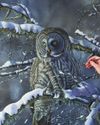
Wild Spirit
Alternating between broad glazes and fine details, Claire Milligan captures the intricacies of the animal kingdom
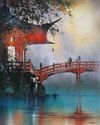
The Bridge Between
Watercolorist Thomas Wells Schaller delves into the nuances of observation and imagination
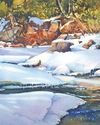
The Color Continuum
Catherine Hearding demonstrates how she utilizes color to enhance the mood of her landscapes
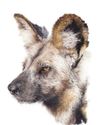
Points of Precision
A strong focal point and attention to detail make Nicola Jane's artwork jump off the page
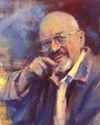
BE YOURSELF
Harley Brown's fascinating things no one else will tell you
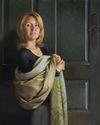
JEFFREY T. LARSON
Expertly Putting the Pieces Together
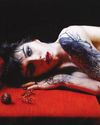
Hot-Blooded
Blending elements of realism and surrealism, figurative artist Anna Wypych’'s paintings are dominated by vivid reds
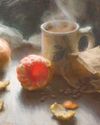
Adam Clague Incandescence
Adam Clague’s masterful understanding of contrast allows him to paint subjects that seem to glow from within